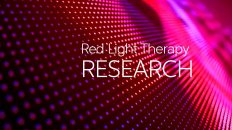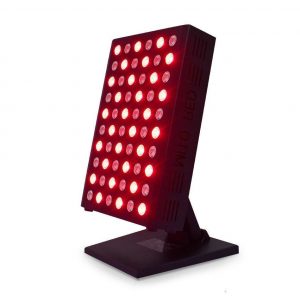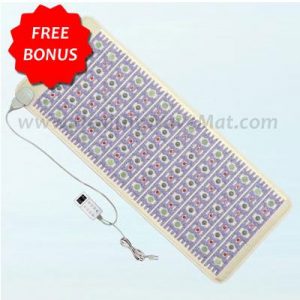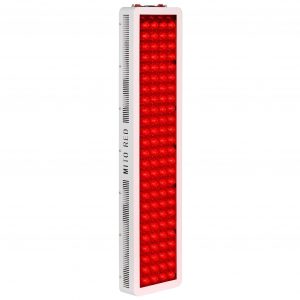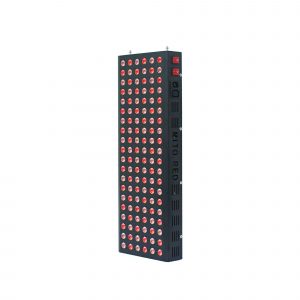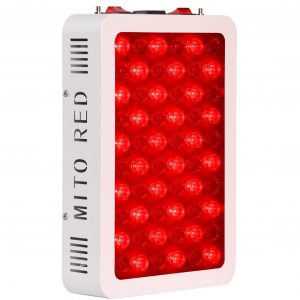Red light therapy has made its way to the skin-care obsessed masses: While it was once a treatment only at the doctor’s office, the number of devices you can now use at home has grown at a viral pace. Just search “red light therapy” on TikTok or Instagram for evidence. Red light therapy is one form of multiple light-emitting diode (LED) therapies—but of all of them, red light penetrates the deepest into the skin.
The attraction to this kind of skin treatment has grown because it’s noninvasive (meaning no downtime and minimal side effects), it works on almost all skin types and tones, and it’s said to help with a host of skin issues, from acne and inflammation to signs of aging, including fine lines and wrinkles.
Celebs and influencers alike have touted the treatment’s skin-enhancing effects with posts of themselves in their homes casually wearing glowing masks, or waving red-light wands over their faces. But as technology and skin care continues to merge, it’s often hard to tell what’s real from what’s hype.
The good news is that, depending on what you’re using it for, experts say the evidence behind the benefits of red light therapy ranges from solid to solidly promising. To help clarify exactly what these devices can (and cannot) do—and whether at-home red light therapy devices are worth your money—we asked a few leading dermatologists some of our most pressing questions on the subject. Read on to see how they broke down red light therapy for us. . . . (read more)
SOURCE: Self




